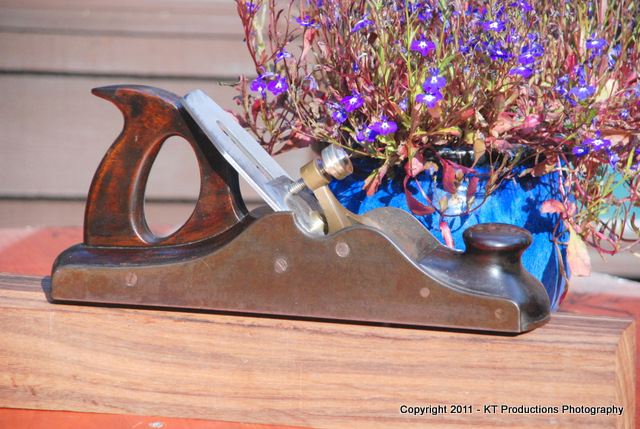jimi43
Established Member
Ok since we are back to another old chestnut....have to put my infill vote in again....

Infill panel plane...Chinese iron of quality...
Since pairing these two pieces of engineering separated by over 100 years I have left my Record SS No.7 on the shelf far more than before.
Most of us have an "accumulation" of various planes...some more than others and my only measure of a "good" or "right" plane is one that constantly gets picked up to do a particular job.
and my only measure of a "good" or "right" plane is one that constantly gets picked up to do a particular job.
I certainly wouldn't dream of picking up the No.7 for trimming end grain or a tenon but for most other things where flattening was concerned it came out quite often...until now. Which is what I think Alan Peters was referring to. And it's very much dependent on what you make when woodworking.
My favourite post here recently was "if you make little boxes, a block plane is a jointer!". Well said indeed!
Jim

Infill panel plane...Chinese iron of quality...
Since pairing these two pieces of engineering separated by over 100 years I have left my Record SS No.7 on the shelf far more than before.
Most of us have an "accumulation" of various planes...some more than others
I certainly wouldn't dream of picking up the No.7 for trimming end grain or a tenon but for most other things where flattening was concerned it came out quite often...until now. Which is what I think Alan Peters was referring to. And it's very much dependent on what you make when woodworking.
My favourite post here recently was "if you make little boxes, a block plane is a jointer!". Well said indeed!
Jim




